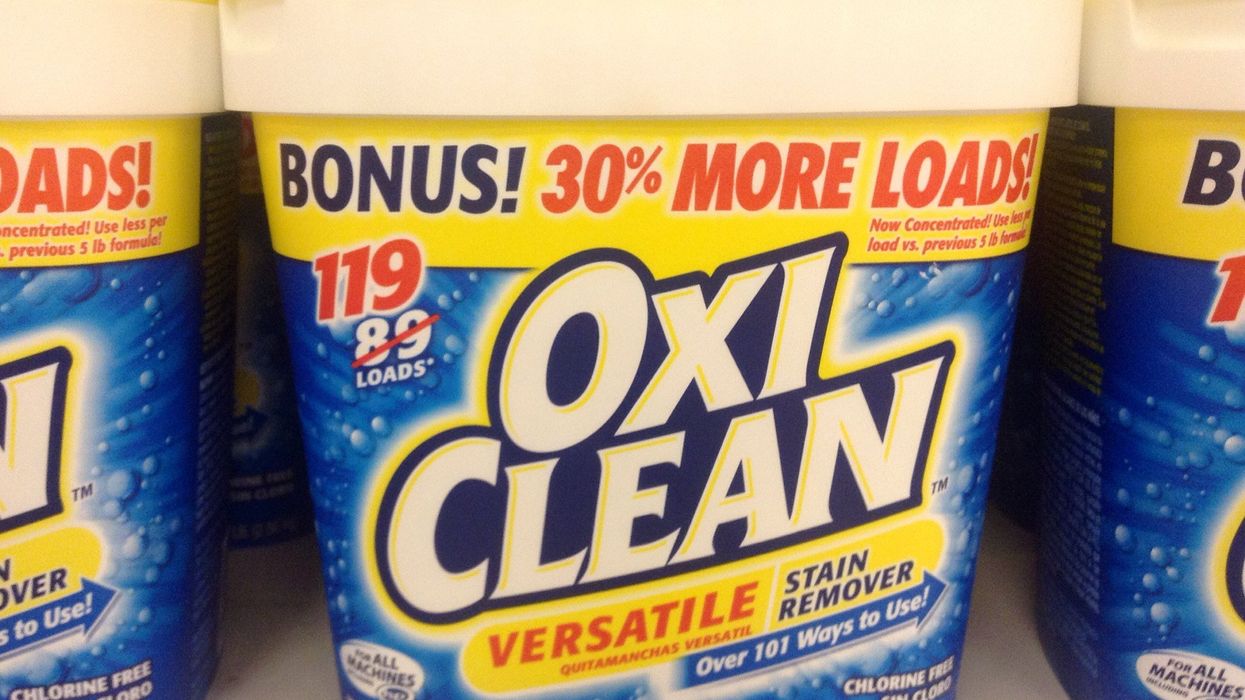Inside the largest consumer goods companies, digital commerce is a change agent.
The growth of selling and marketing online required companies to shift not only how they reached consumers, but also how they went about competing and ultimately winning share. This is proving to be transformative to the company as a whole.
At Church & Dwight, the result is a shift toward a digital first mindset that spans both strategy to approach the market and team members that drive the company forward every day. On a recent call with analysts, Chief Digital Growth Officer Surabhi Pokhriyal talked about growing digital share at the owner of Arm & Hammer and Oxi Clean over the last eight years, and the principles that the company now applies as a result:
Here’s a look at key takeaways about what's happening in the market, and the internal changes at the home and personal care company:
A growing majority of sales are digitally influenced.
Digital doesn't mean ecommerce alone. Here's how Church & Dwight looks at where consumer shopper behavior is heading:
Digitally influenced. Today, 60% of all U.S. purchases are digitally influenced, Pokhriyal said. Digitally influenced describes a sale made through an ecommerce platform or a brick-and-mortar sale that involves a digital touchpoint. If a person shopping at a Target store looks up a review at another retailer, it’s an example of a digitally influenced sale. By 2027, 70% of all U.S. purchases will be digitally influenced, Pokhriyal said.
Omnichannel. 81% of consumers are omnichannel shoppers, Pokhriyal said. Whether it's online or brick-and-mortar, “the consumer doesn't discriminate," Pokhriyal said, adding that these shoppers who cross channels tend to have a larger basket size. That means brands must show up to win in both places. In the store, Church & Dwight wants to have products at eye level and easily reachable, while being near other kinds of products where the shopper would be logically seeking them out. Online, it’s important to have correct product descriptions and short-form videos in place to educate and stand out. “Online, every keyword is actually an aisle in itself,” Pokhriyal said.
Ecommerce grows. Digital is taking a bigger share of sales at Church & Dwight. In 2016, 2% of sales were made through digital channels. Now, digital accounts for 16% of the company’s business. At the same time, digital now accounts for 70% of marketing dollars, up from 35% about eight years ago. While COVID accelerated online shopping, the behavior learned during the pandemic is becoming “sticky,” Pokhriyal said. “What we are seeing is when the consumer learns a new behavior you cannot take convenience back from them,” Pokhriyal said
5 focus areas for commerce at Church & Dwight
These market shifts are leading Church & Dwight to apply principles to commerce and the path to purchase that will reach shoppers at the speed and complexity of the digital landscape. Pokhriyal broke key ways it is doing so:
Digital shelf. While the physical shelf is fixed for a period of days or weeks, the digital shelf on ecommerce platforms can change by the minute. That means brands must continuously compete to win top results in search, as opposed to only negotiating for space at a grocery or drug store. “We aspire to win on those top five to 10 results, so our brands show up and the consumer needs us,” Pokhriyal said.
Edutainment. As it seeks to reach consumers on channels from social to search to programmatic advertising, marketing is relationship-based for Church & Dwight, Pokhriyal said. The goal is to be authentic and relatable as they show up on digital channels. “While we are educating them, we are also entertaining them,” Pokhriyal said.
Shoppable. The marketing funnel has flattened. Consumers can go from inspiration to liking to buying a product in “milliseconds,” Pokhriyal said. So Church & Dwight is creating opportunities for consumers to make a purchase from within a piece of creative.
Personalization. “We know that the consumer yearns for a one-to-one kind of connection, and we can no longer serve the same creative to every demographic,” Pokhriyal said. It also requires showing up in different places. Church & Dwight markets through video, OTT, social, influencer, retail media and audio. Varying creative based on intent and format yields better reach, sufficiency and ultimately ROI.
Channel trends. It’s necessary to examine where consumers are spending time, and what formats they prefer in those channels. Livestreaming-centered social commerce is popular in China, but remains at an experimental phase in the U.S. So Church & Dwight has concerted campaigns that are running steadily on China's Douyin, but has partnered with retailers to test and learn in the U.S. It’s not a one-size-fits-all equation.
What does it all add up to?
A digital first mindset
“Saying that we have a digital first ambition actually means that we are pivoting from digital being a capability builder to digital being a business builder,” Pokhriyal said.
Yes, the company spends many marketing dollars on digital. But the shifts are not only reshaping budget decisions. Moving ahead also requires educating the team.
“We also are very cognizant that digital cannot be a function by itself, and we need to elevate all boats," Pokhriyal said. "Which is why we're investing a ton of effort into training and educating ‘traditional folks’ who may not have a digital responsibility and launching educational programs internally."
The company launched digital commerce certification programs, and all employees participate.
“Everybody has to jump on the digital bandwagon,” Pokhriyal said.













